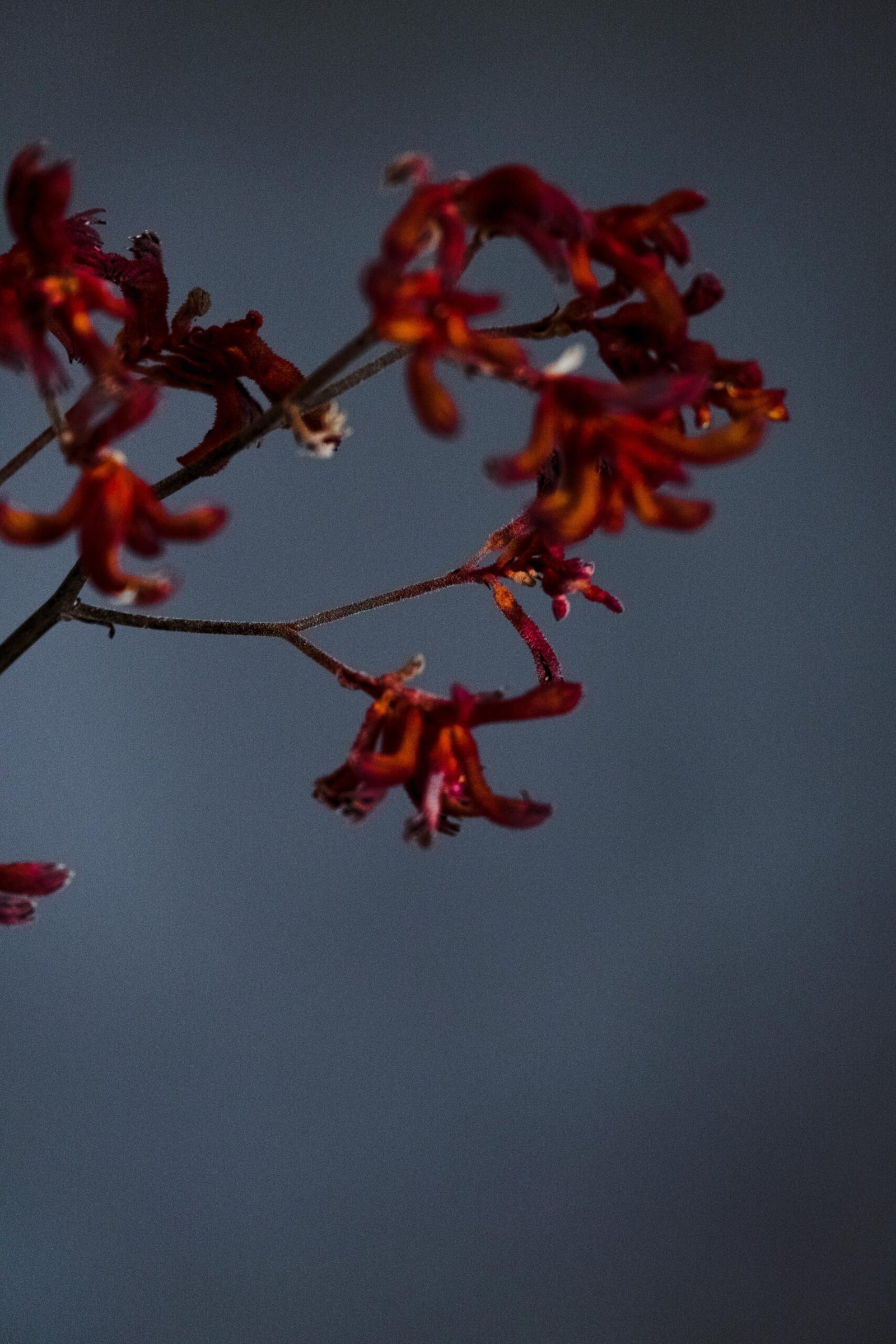- Lotus: How to Plant, Grow and Care for Lotus - 3 November 2023
- Zinnia: How to Plant, Grow and Care for Zinnia - 3 November 2023
- Coreopsis: How to Plant, Grow and Care for Coreopsis - 3 November 2023
About Kangaroo Paw:
Kangaroo Paw is a plant genus that includes different types such as Anigozanthos flavidus, Anigozanthos manglesii, and Anigozanthos humilis. These types vary in color, size, and growth habit, but all share the iconic paw-shaped flowers that give them their name.
Kangaroo Paws have a perennial life cycle, meaning they can survive for multiple years. They bloom primarily in spring and summer, but depending on the variety, some may have extended bloom time, providing a colorful display for longer periods.
Characteristics:
Kangaroo Paws are known for attracting bees, butterflies, and hummingbirds with their vibrant flowers. They are relatively easy to grow and maintain, making them suitable for both beginner and experienced gardeners. While not edible, the flowers are fragrant and add a pleasant aroma to outdoor areas. In addition, Kangaroo Paws are commonly used as ornamental plants due to their unique and eye-catching flowers. Some varieties are also fast-growing, quickly filling out garden spaces.
Growing Conditions:
Kangaroo Paws prefer well-draining soil and full sun exposure, although they can tolerate some light shade. They are drought-tolerant once established but benefit from regular watering during dry periods. These plants thrive in climates with mild winters and can be grown in containers or directly in the ground.
Resistance:
Kangaroo Paws are generally resistant to deer and rabbit damage. They are also resistant to rust, fusarium wilt, downy mildew, and powdery mildew, making them relatively low-maintenance in terms of disease resistance.
| Season | Depth | Height | Spacing | US Hardiness Zone |
|---|---|---|---|---|
| Spring | 1 inch | 3 to 6 feet | 2 to 3 feet | 10 to 11 |
Plant Care Instructions
Light Requirement
Kangaroo Paws require full sun to thrive, although they can tolerate partial shade or full shade.
Water Need
Kangaroo Paws prefer regular watering, but the soil should be allowed to dry out between waterings. Overwatering can cause root rot, so it’s better to underwater than overwater.
Fertilizer
For fertilizing Kangaroo Paws, a preferred option would be a balanced organic fertilizer. You could use compost, manure, or organic granular fertilizers to provide the necessary nutrients.
Pruning
To encourage more flowering, it is recommended to deadhead spent blooms regularly. In late summer, you can reduce watering to allow the plant to go dormant for winter. In late winter to early spring, prune back about half of the plant to stimulate new growth.
Toxicity
Kangaroo Paws are generally non-toxic to humans and pets.
Common Issues
Common issues with Kangaroo Paws include root rot, which can occur from overwatering or poor drainage. They can also be susceptible to fungal diseases. Ensure proper watering and provide good air circulation around the plant to prevent these issues. Regularly check the plants for signs of pests such as aphids or mealybugs and take appropriate measures to control them.
Culinary Benefits:
- Kangaroo Paw plants have petals that are edible and have a subtle sweet taste.
- These petals can be used as a garnish for desserts or added to salads for a pop of color and flavor.
- The flowers can also be infused in syrups or used to make floral tea.
- Some people also use Kangaroo Paw petals to make homemade jams or jellies.
Medicinal Benefits:
- The Kangaroo Paw plant has been used in traditional Aboriginal medicine for its antimicrobial properties.
- The plant contains compounds that can help fight against bacterial and fungal infections.
- Extracts from the Kangaroo Paw plant have shown potential in treating skin conditions like eczema and psoriasis.
- Some studies suggest that Kangaroo Paw may have anti-inflammatory effects and can help relieve pain and swelling.
- The plant’s roots are also used in herbal remedies to ease digestive issues and promote overall gut health.
Companion Plants for Kangaroo-Paw:
1. Echinacea: This plant not only attracts bees and butterflies but also helps repel aphids and spider mites from kangaroo paws.
2. Black-eyed Susans: These bright yellow flowers provide excellent drainage and attract beneficial insects, such as ladybugs and lacewings, which help control pests on kangaroo paws.
3. Coreopsis: With its daisy-like blooms, coreopsis repels aphids and spider mites and attracts butterflies to your kangaroo paw patch.
4. Yarrow: Known for its feathery foliage, yarrow provides excellent drainage and attracts beneficial insects that help control pests on kangaroo paws.

